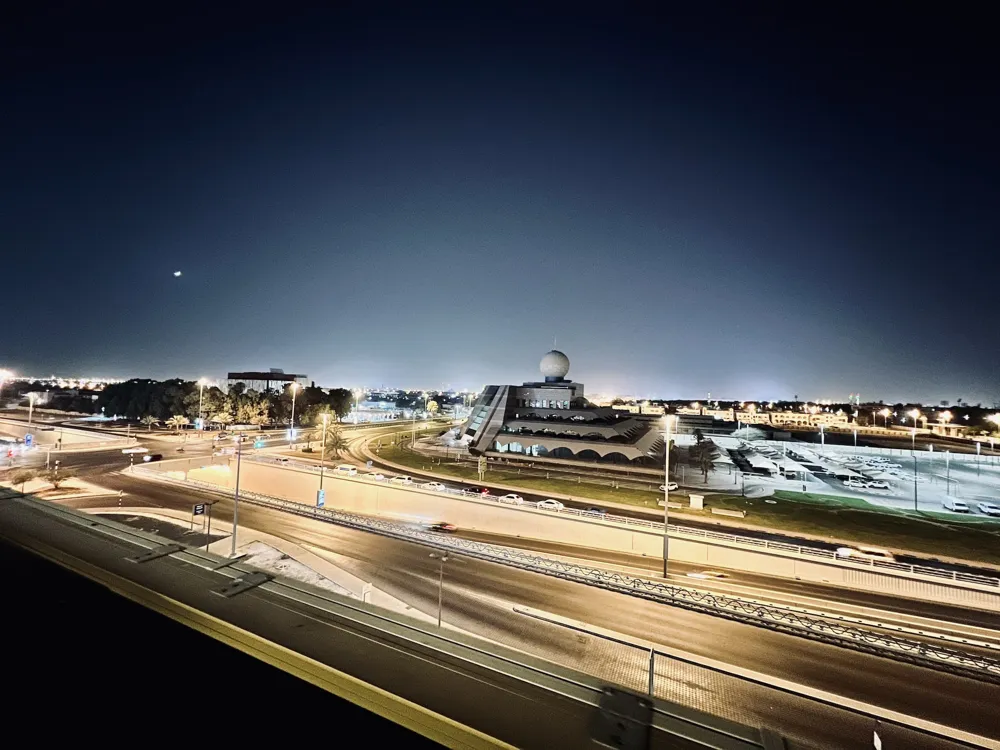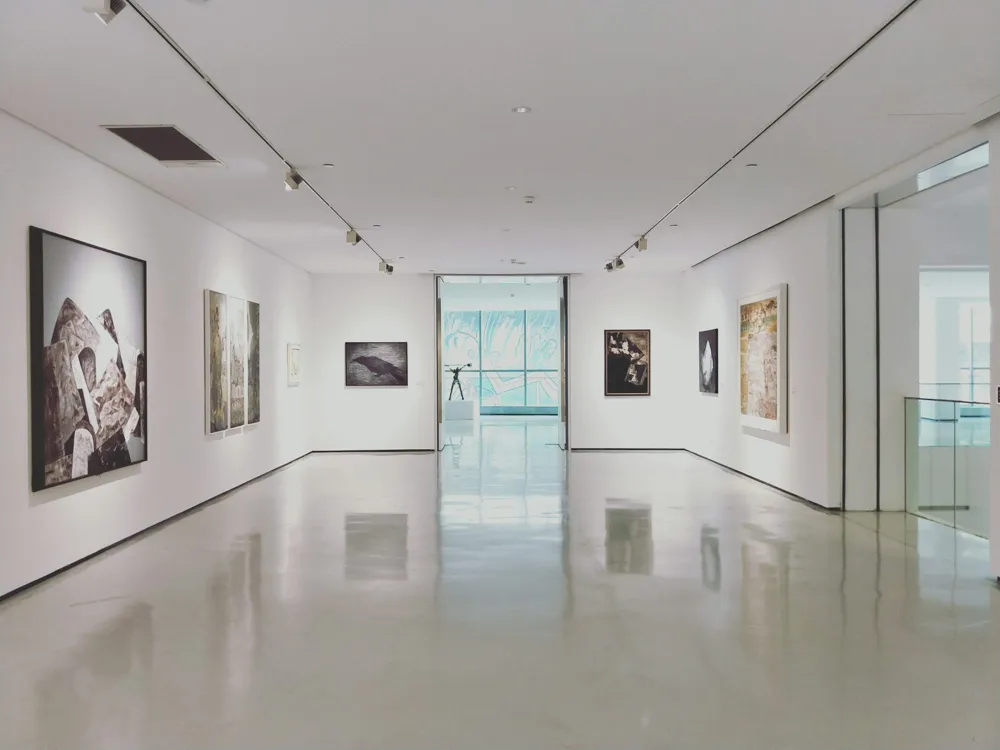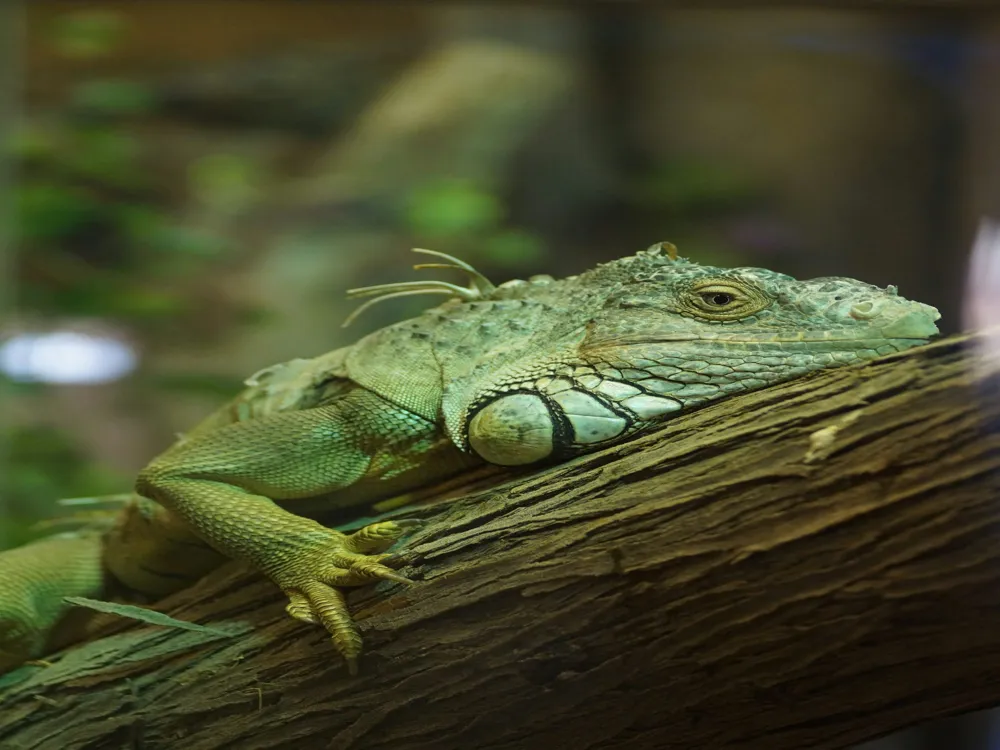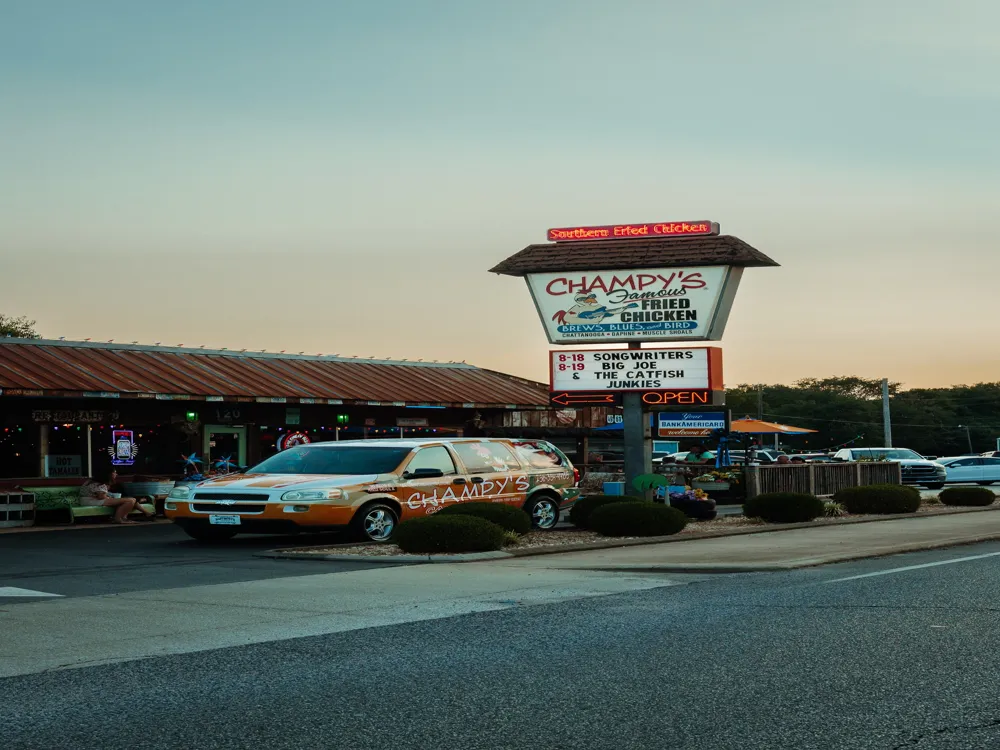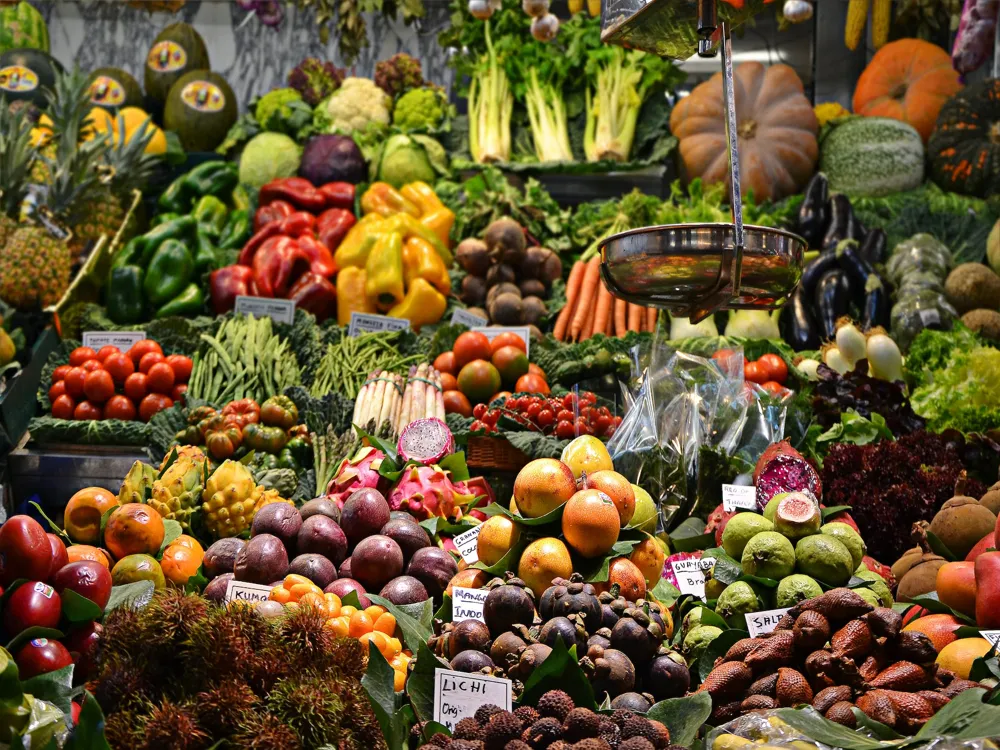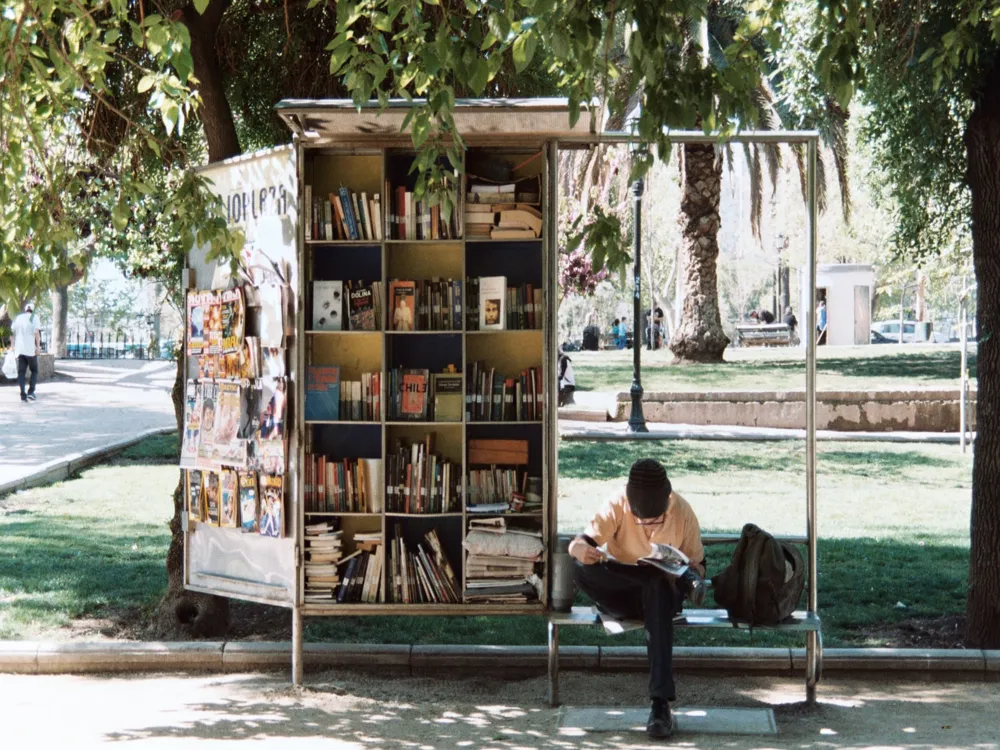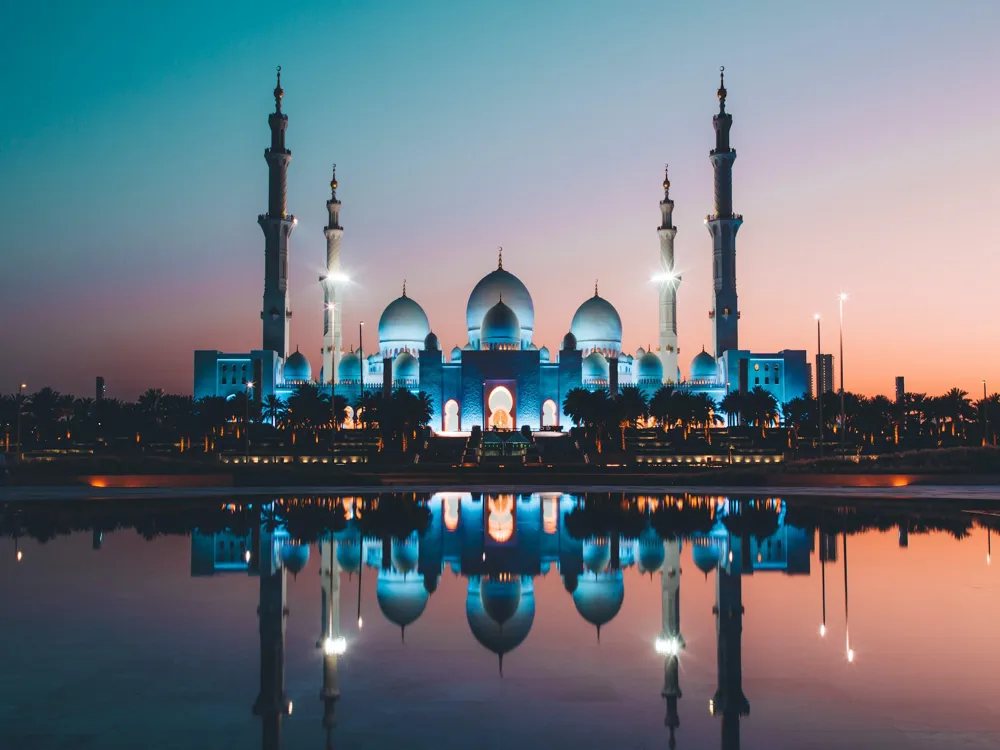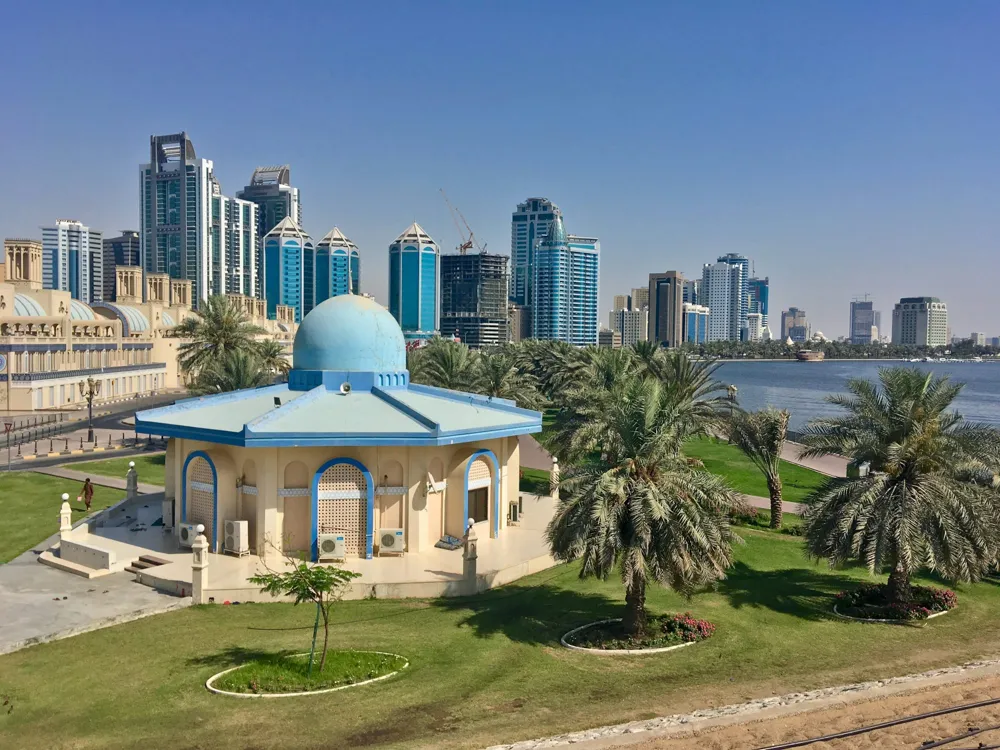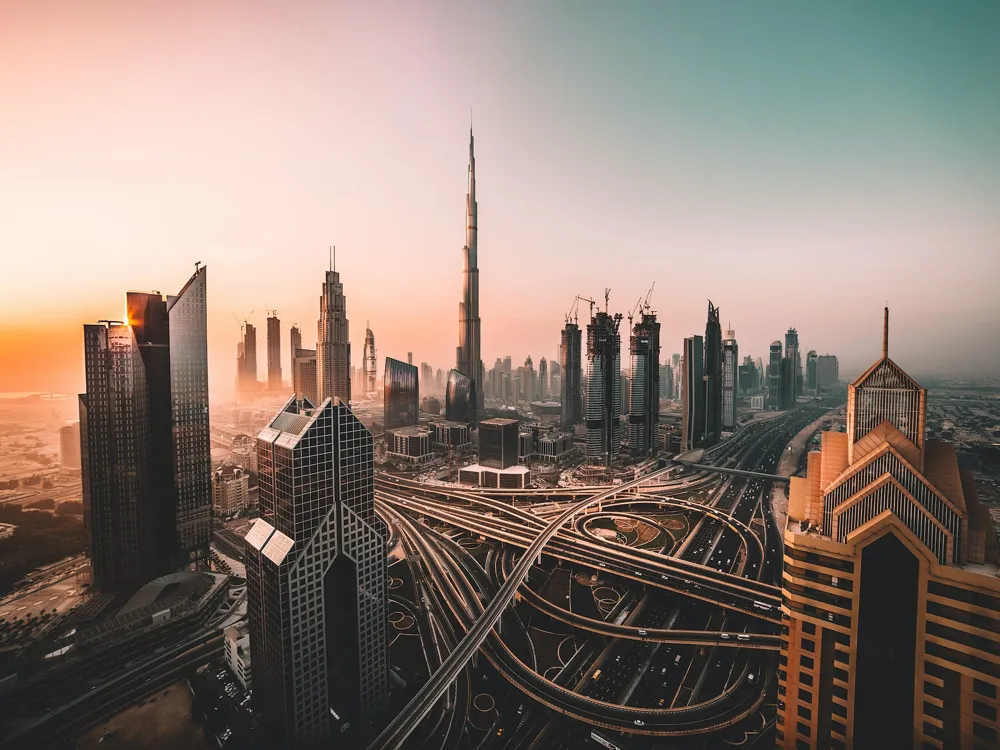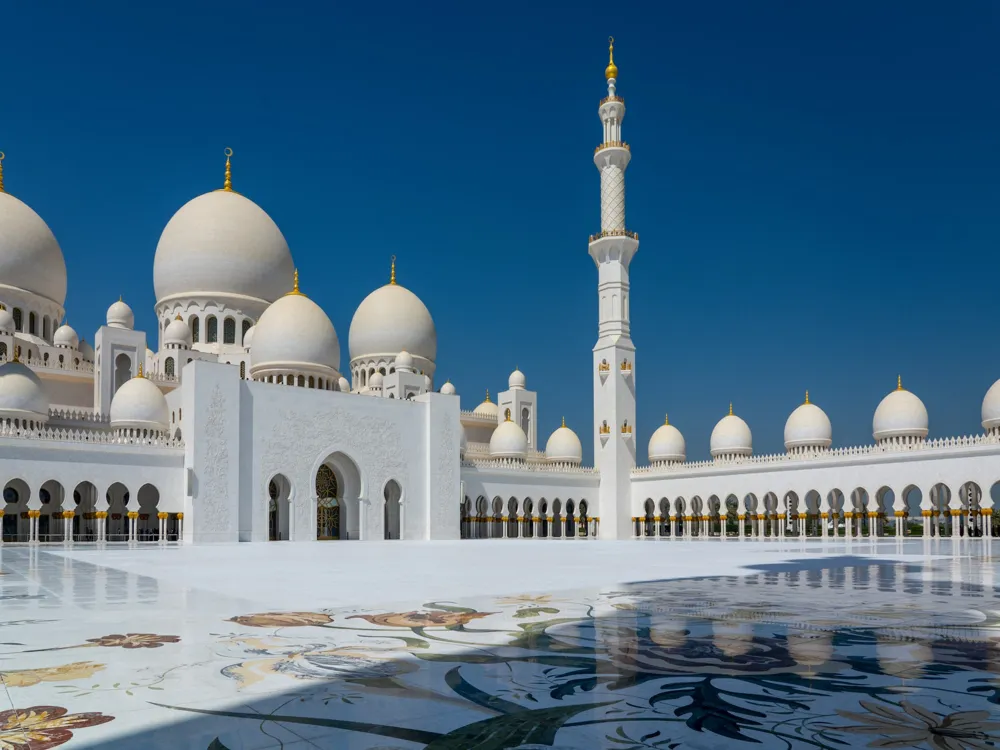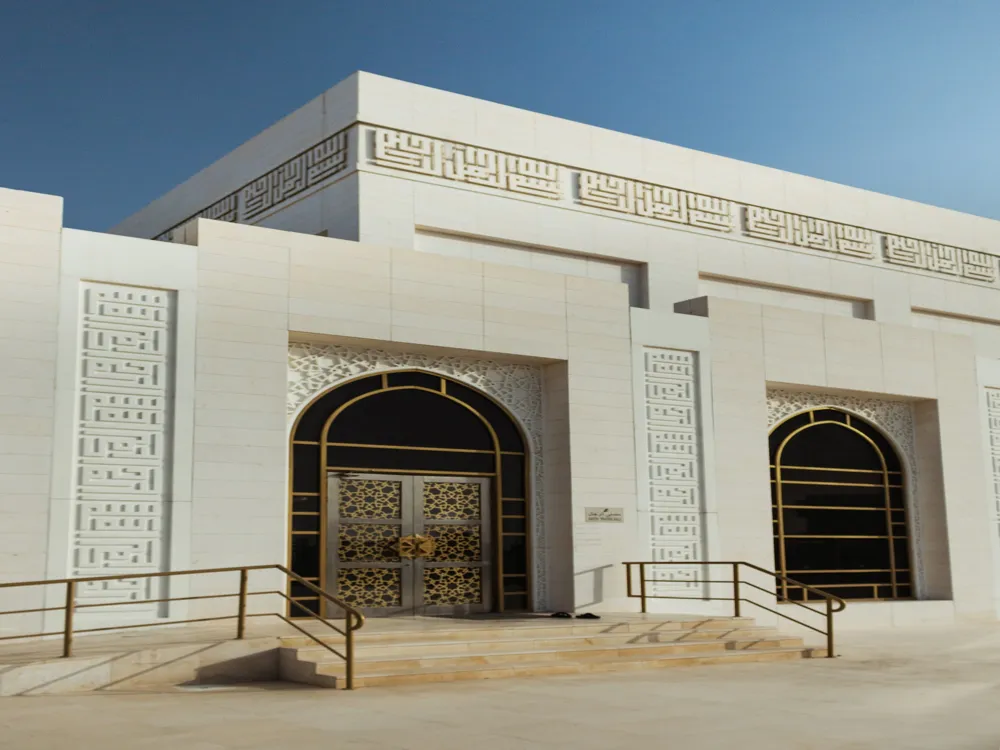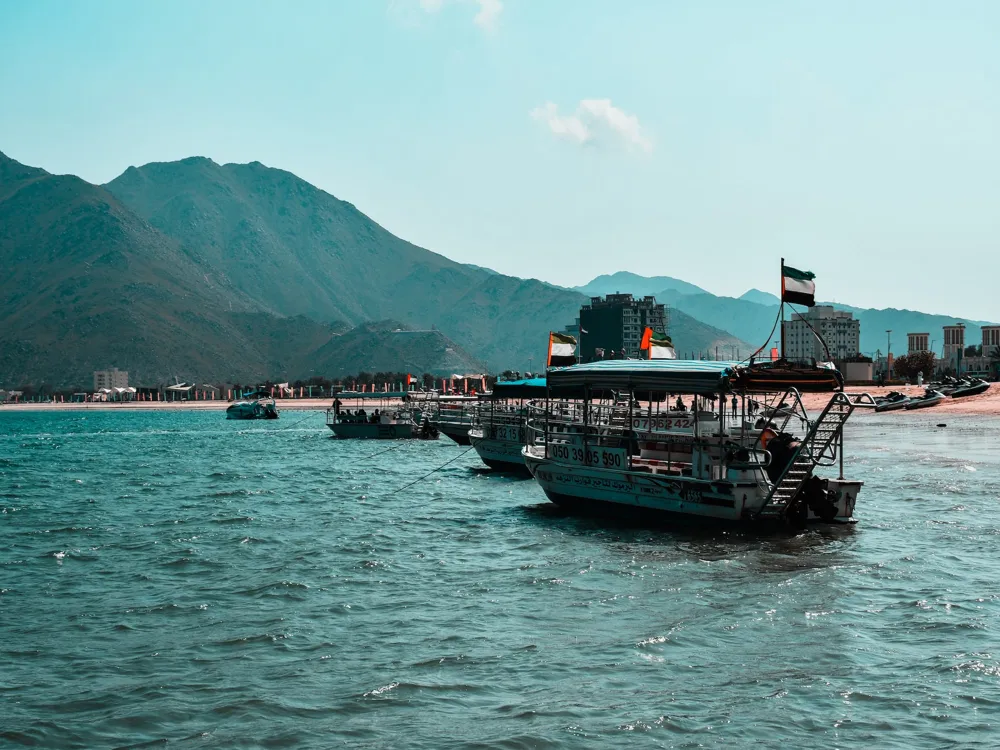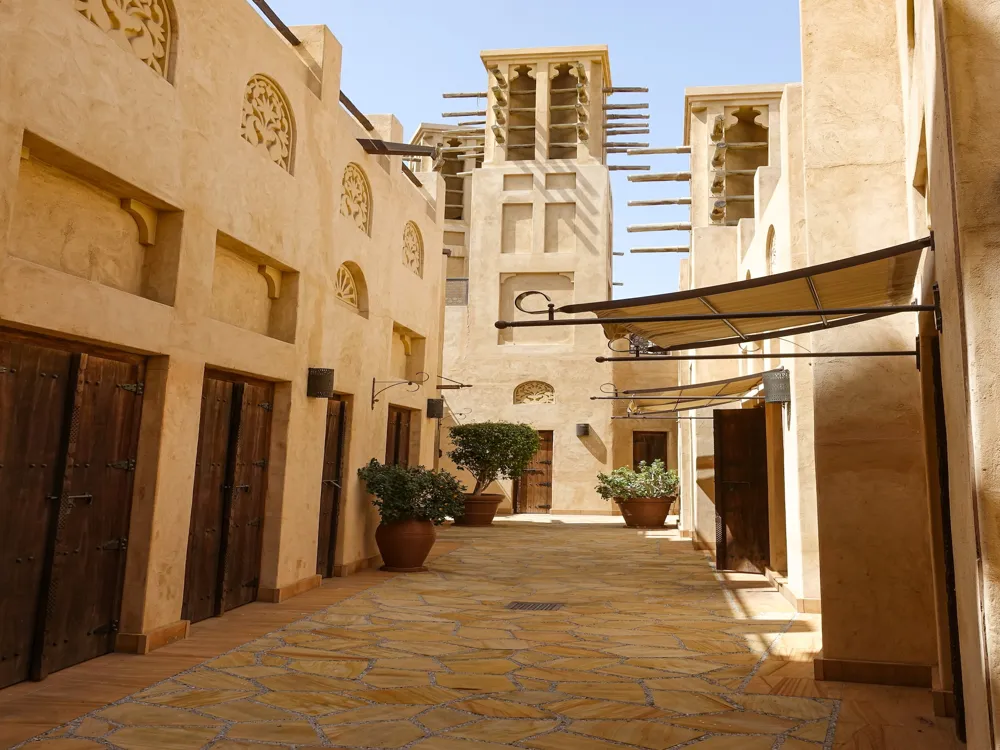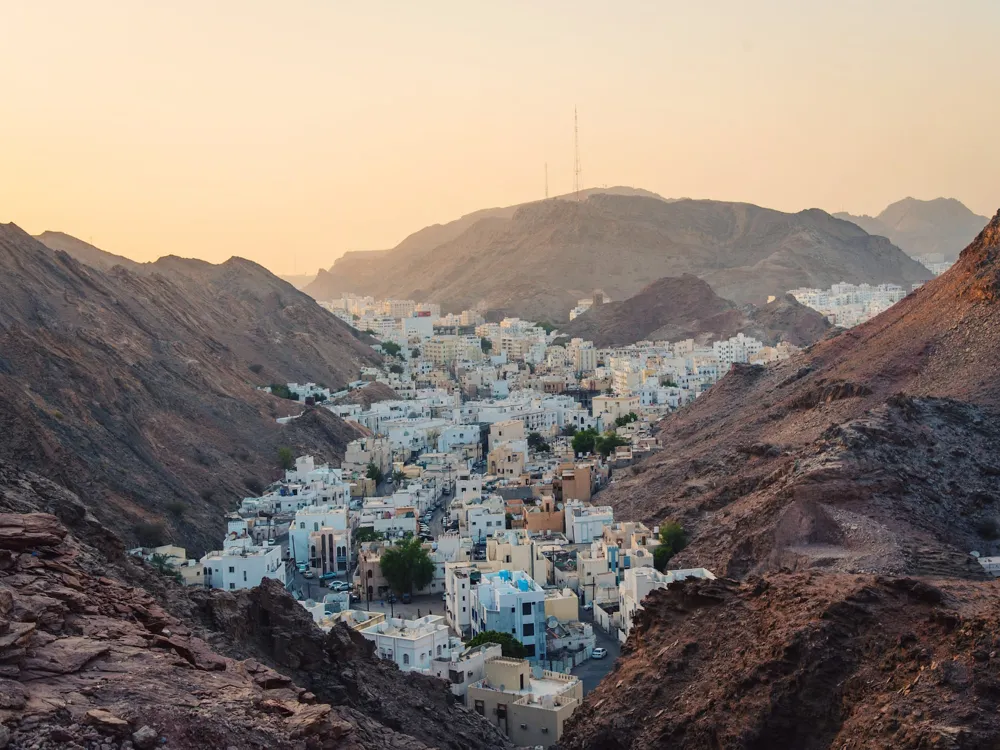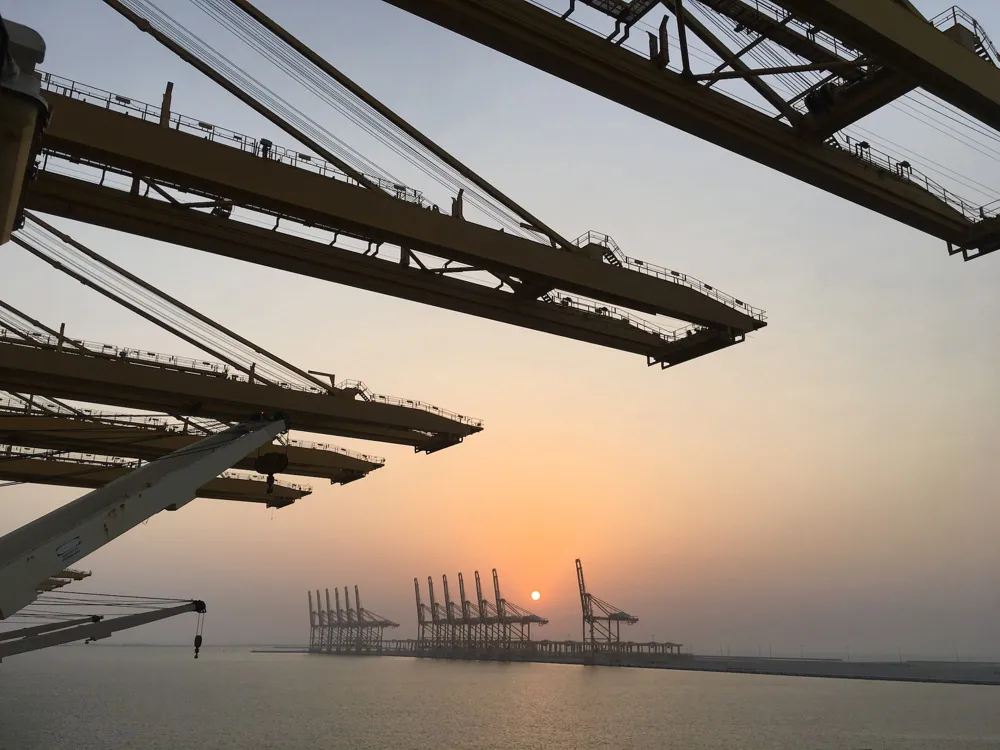The Al Ain Camel Market, nestled in the picturesque city of Al Ain, stands as a vibrant testimony to the United Arab Emirates' rich cultural heritage. This market is not just a trading venue but a living museum, showcasing the age-old tradition of camel trading that has been an integral part of the Arabian lifestyle for centuries. Visitors to this market are greeted by a plethora of sights, sounds, and smells, offering a unique glimpse into traditional Bedouin life. Spanning over a vast area, the market features a variety of sections, each dedicated to different aspects of camel trade. These include areas for buying and selling, camel racing, and even camel beauty contests. The camels, ranging from the young and sprightly to the old and experienced, are the stars of the show. They are valued for various purposes, such as racing, meat, milk, and breeding. The market also offers an opportunity to witness the haggling and bargaining skills of the traders, which is an art in itself. Moreover, the Al Ain Camel Market serves as a hub for cultural exchange. It attracts a diverse crowd, from local Emiratis to tourists from around the globe, all eager to experience this unique aspect of Arabian culture. The market also provides a platform for local artisans to display their crafts, including traditional Emirati clothing, handicrafts, and souvenirs, making it a comprehensive cultural experience. With its deep roots in the region's history and culture, the Al Ain Camel Market is more than just a marketplace. It's a living, breathing embodiment of the Arabian spirit, offering a window into the past and a mirror of the present. The architecture of Al Ain Camel Market is a harmonious blend of traditional Emirati design and modern functionality. The market's design pays homage to the architectural heritage of the United Arab Emirates while catering to the practical needs of a bustling camel trade center. Traditional elements like wind towers, arched doorways, and mud-brick walls are seamlessly integrated with modern facilities to ensure the comfort and convenience of both the camels and their visitors. One of the standout features of the market's architecture is its emphasis on sustainability and environmental harmony. The use of natural, locally sourced materials not only reflects the traditional building techniques but also helps in maintaining a cooler environment within the market premises. The market's layout is thoughtfully designed to facilitate easy movement of the camels and people, with wide open spaces and strategically placed enclosures that offer ample space for the camels to rest and for traders to conduct their business. The market also boasts shaded walkways and seating areas, providing respite from the harsh desert sun for visitors. These shaded areas are adorned with intricate geometric patterns and vibrant mosaics, reflecting the rich artistic heritage of the region. The inclusion of green spaces and water features adds a touch of tranquility to the bustling market atmosphere, creating a balanced environment that is both functional and aesthetically pleasing. In summary, the architecture of Al Ain Camel Market is a testament to the ingenious blending of traditional Emirati architecture with modern design principles. It stands as a symbol of the UAE's commitment to preserving its cultural heritage while embracing contemporary architectural trends. Visitors should dress modestly and be mindful of local customs, showing respect to the traders and animals. Early morning is the best time to visit the market, as it's less crowded and the weather is cooler. Bargaining is part of the experience. Be polite but assertive when negotiating prices. Stay hydrated and wear comfortable shoes as you'll be walking on uneven surfaces. Always ask for permission before taking photos of people or private property. The Al Ain Camel Market is easily accessible by various modes of transportation. For those driving, the market is located on the outskirts of Al Ain city and is well-signposted. Ample parking space is available for visitors. For those preferring public transportation, buses and taxis are readily available from Al Ain city center, providing convenient and affordable options. Additionally, guided tours often include transportation to and from the market, offering a hassle-free experience for tourists. Read More:Overview of Al Ain Camel Market
Architecture of Al Ain Camel Market
Tips When Visiting Al Ain Camel Market
Respect Local Customs and Traditions
Best Time to Visit
Negotiation Skills
Hydration and Comfort
Photography Etiquette
How To Reach Al Ain Camel Market
Al Ain Camel Market
Al Ain
NaN onwards
View al-ain Packages
Weather :
Tags : Shopping
Timings : 6:00 AM - 7:00 PM
Time Required : 1 - 2 hours
Entry Fee : AED 30
Planning a Trip? Ask Your Question
Also Refered As:
Camel Souk
Al-ain Travel Packages
View All Packages For Al-ain
Top Hotel Collections for Al-ain

Private Pool

Luxury Hotels

5-Star Hotels

Pet Friendly
Top Hotels Near Al-ain
Other Top Ranking Places In Al-ain
View All Places To Visit In al-ain
Faq on Al-ain
What is the Al Ain Camel Market?
The Al Ain Camel Market is a traditional market in Al Ain, UAE, dedicated to the buying and selling of camels.
What can I find at the Al Ain Camel Market?
At the Al Ain Camel Market, you can find various breeds of camels, along with other livestock such as goats and sheep. Additionally, there are vendors selling camel-related products and accessories.
Is the Al Ain Camel Market open to tourists?
Yes, the Al Ain Camel Market is open to tourists who wish to experience the traditional atmosphere and observe the trading of camels.
What are the operating hours of the Al Ain Camel Market?
The Al Ain Camel Market typically operates in the morning and late afternoon. It is advisable to visit during these times for the best experience.
Are there any cultural experiences available at the Al Ain Camel Market?
Yes, visitors to the Al Ain Camel Market can immerse themselves in Emirati culture by witnessing camel auctions, engaging with local traders, and experiencing traditional camel-related activities.
View al-ain Packages
Weather :
Tags : Shopping
Timings : 6:00 AM - 7:00 PM
Time Required : 1 - 2 hours
Entry Fee : AED 30
Planning a Trip? Ask Your Question
Camel Souk
Al-ain Travel Packages
View All Packages For Al-ain
Top Hotel Collections for Al-ain

Private Pool

Luxury Hotels

5-Star Hotels

Pet Friendly
Top Hotels Near Al-ain
Other Top Ranking Places In Al-ain
Faq on Al-ain
What is the Al Ain Camel Market?
The Al Ain Camel Market is a traditional market in Al Ain, UAE, dedicated to the buying and selling of camels.
What can I find at the Al Ain Camel Market?
At the Al Ain Camel Market, you can find various breeds of camels, along with other livestock such as goats and sheep. Additionally, there are vendors selling camel-related products and accessories.
Is the Al Ain Camel Market open to tourists?
Yes, the Al Ain Camel Market is open to tourists who wish to experience the traditional atmosphere and observe the trading of camels.
What are the operating hours of the Al Ain Camel Market?
The Al Ain Camel Market typically operates in the morning and late afternoon. It is advisable to visit during these times for the best experience.
Are there any cultural experiences available at the Al Ain Camel Market?
Yes, visitors to the Al Ain Camel Market can immerse themselves in Emirati culture by witnessing camel auctions, engaging with local traders, and experiencing traditional camel-related activities.







